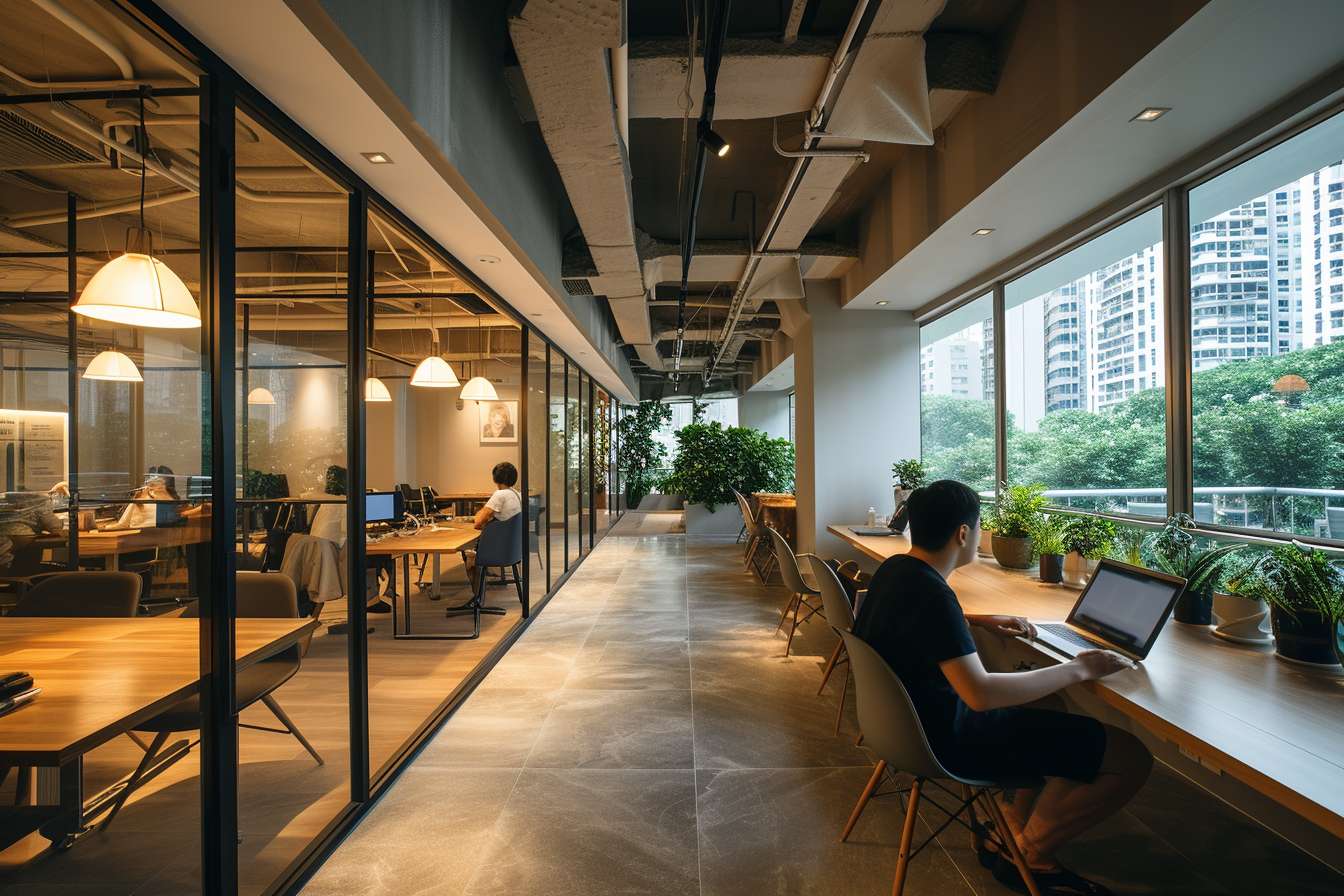Garden Office Shed Ideas for Remote Work and Productivity
A garden office shed can transform outdoor space into a dedicated work area, separating professional tasks from household distractions while making use of underused garden areas. For people adapting to remote work, a garden office provides a compact, customizable alternative to a traditional home office. This article explains what a garden office shed is, how it supports remote work, differences from a home office, practical workspace design tips, and ways it can influence productivity.

What is a garden office shed?
A garden office shed is a purpose-built, often insulated structure located in a backyard or garden, designed to function as a self-contained workspace. Sizes range from small single-person studios to larger multi-desk units. Typical components include insulation, electricity, internet access, and windows for daylight. Materials and construction methods vary—timber, composite panels, and steel frames are common—so decisions often balance durability, appearance, and local planning requirements. A garden office shed differs from a traditional shed by prioritizing comfort, ventilation, and acoustic performance for sustained daily use.
How can a garden office support remote work?
For remote work, the garden office offers physical separation between work and domestic life, which can help establish routines and boundaries. Being a distinct workspace reduces interruptions compared with working at the kitchen table and can improve meeting privacy and concentration. Practical considerations include access to reliable internet—either via a wired connection, powerline adapters, or a strong Wi‑Fi mesh node—and power for monitors, lighting, and heating or cooling. Climate control and ergonomic furniture are important for comfort during long remote workdays, and proximity to the main house affects convenience for breaks and utilities.
How does a garden office differ from a home office?
A garden office is structurally detached from the main dwelling, whereas a home office is typically a room inside the house. This separation often reduces background noise and domestic distractions, but it can require additional planning for utilities, security, and insulation. Garden offices may face stricter planning or permit rules in some areas and can be subject to different building regulations. Maintenance considerations also differ: outdoor positioning exposes the structure to weather, pests, and garden maintenance. Conversely, a home office usually benefits from existing heating, wiring, and easier access to amenities.
How to design an effective workspace in a garden office?
Designing a productive workspace in a garden office starts with layout and ergonomics: position the desk to avoid glare on screens, choose a chair that supports posture, and allow circulation space. Prioritize natural light and combine it with layered artificial lighting for overcast days and evening work. Acoustic insulation or soft furnishings can reduce echo and noise from wind or neighbours. Plan storage solutions to keep the space uncluttered, and integrate cable management and sufficient power outlets. Consider ventilation and heating: a small wall-mounted heater or a reversible air-conditioning unit can maintain a comfortable temperature year-round.
How can a garden office improve productivity?
A garden office can enhance productivity by creating a clear psychological distinction between work and home life. The ritual of walking to an external workspace helps signal the start and end of the workday, which supports focus and work–life balance. Improved privacy and fewer immediate household interruptions contribute to deeper concentration and more effective video conferencing. Natural light and views of greenery can reduce stress and improve mood, which supports sustained attention. However, productivity gains depend on practical factors—reliable internet, ergonomic setup, and consistent routines—rather than the structure alone.
A garden office shed can be a practical option for people seeking a dedicated remote work environment distinct from their home office. Success depends on thoughtful design: ensuring reliable connectivity and power, adequate insulation and ventilation, ergonomic furniture, and a layout that supports the tasks performed there. Local planning rules and maintenance needs should be considered early in the process to avoid surprises. When these elements are addressed, a garden office can provide a comfortable, focused workspace that supports sustained productivity.






